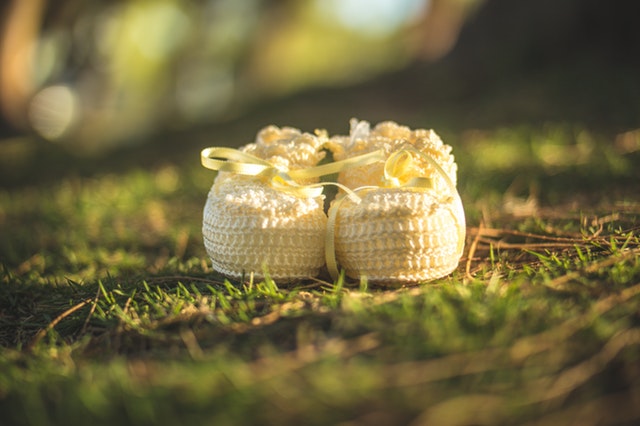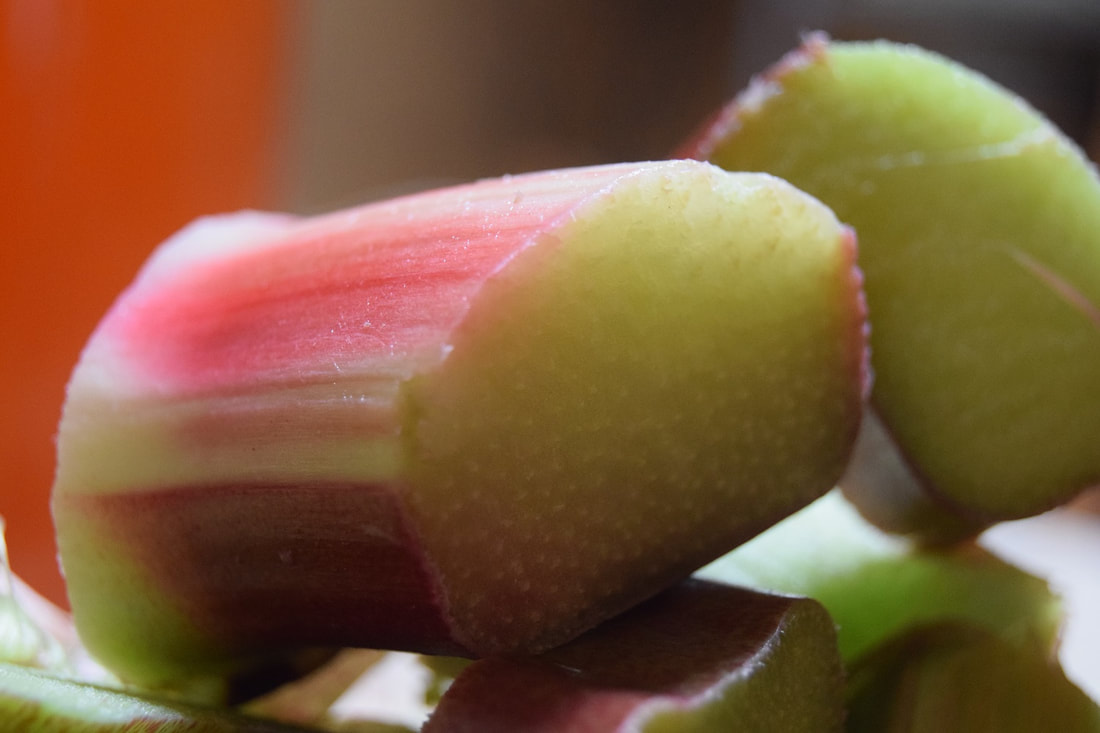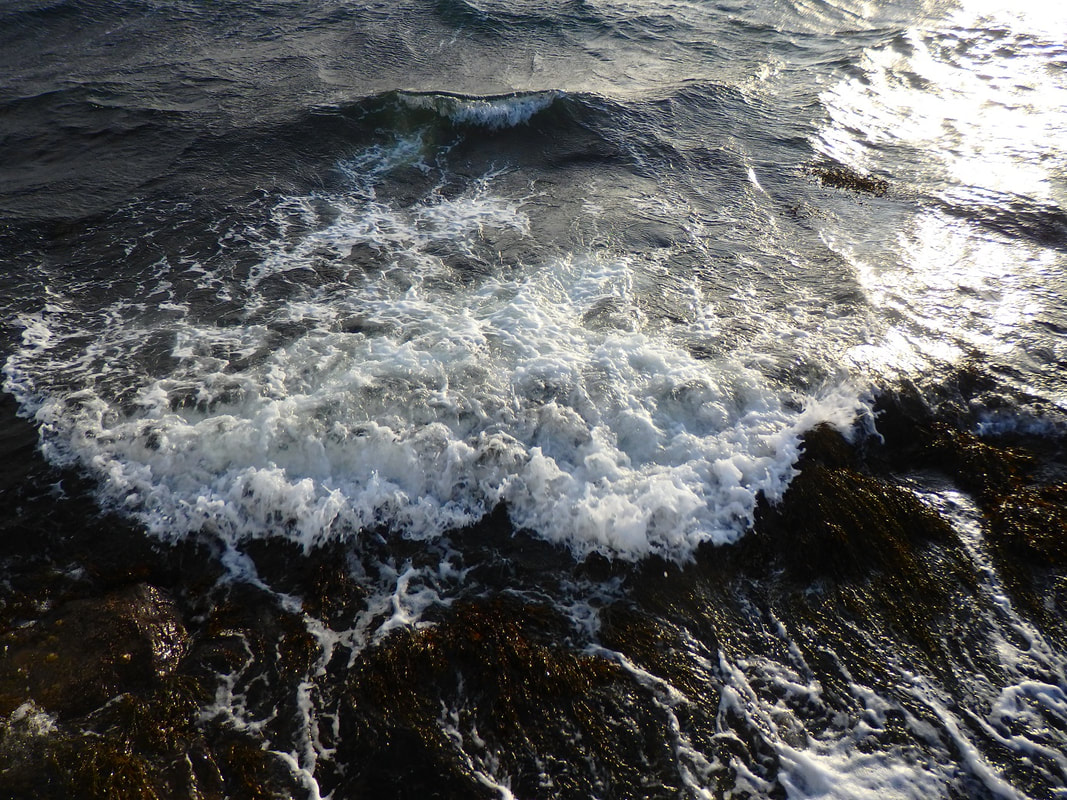What is the best fuel source: peat, coal or wood?
We have spent two winters in Orkney, which in many ways makes us settled. The locals have learned that we are definitely here to stay and we discovered the tricks and tips we need to be able to thrive in this environment. We have seen the gale-force storms, withstood the late March frosts and learned to coexist with perpetual wind and rain. I would even say that we love and appreciate it all - we are indeed settled!
I feel that we were able to happily spend two winters in the most unforgiving environment due to our trusty and loved multi-fuel stove. We have a Country Kiln 6 stove in our living room space which alone bears the burden of heating our old stone cottage. It is a brilliant stove which we love dearly as it provides us warmth, emotional comfort and hot water for tea. It also cooked our dinner on a few occasions!
The stove looks after us, so we must look after it and the question that keeps popping up is: what is the best fuel for the multi fuel stove?
We tried it all and here is our opinion:
We tried it all and here is our opinion:
|
|
|
Coal: is it a good fuel source?
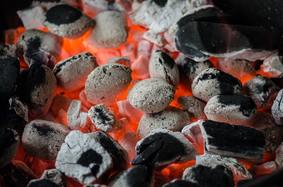 Burning coal to keep warm
Burning coal to keep warm
We are Welsh and we love coal. Coal is a carbon rich rock material formed over millions of years and is a fantastic fuel source. Coal burns for a really long time and provides a lot of heat that is really hot. We feel that at times it gets too hot in our small cottage, especially if we put too much coal on the stove. It is a lovely dry heat that sucks out any moisture from the house and leaves the rooms feeling dry, warm and pleasant, especially in the midst of winter when the storms are battering us the most. Coal comes at a moral cost as it is fossil fuel so is not a renewable fuel source but is relatively affordable financially speaking and is easily obtainable up here in Orkney. Coal provides a decent amount of white and grey ash that needs collecting in the mornings but the ash is not suitable for gardens, poultry or composting as it contains a lot of heavy metals and sulphur compounds. People used to think it was great for the gardens, but a modern though is to avoid it.
Peat: is it a good fuel source?
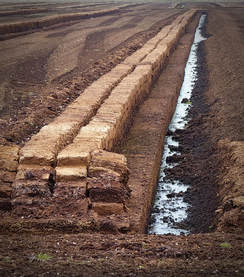 Burning peat to keep warm
Burning peat to keep warm
Peat is highly compressed vegetable matter that forms in boggy ground over a long period of time. I believe it is called “turf” in the United States of America, but whichever way you call it, it is a relatively good fuel material for a multifuel stove. Peat is local to Orkney Islands and our house deeds include the right to dig peat at the local reserves. We haven’t tried digging it yet as it sounds highly labour intensive, but we tried burning peat and can say that it doesn’t come anywhere near the heat output coal provides. It was cheaper to purchase but we often wonder if it was worth buying it at all as it doesn’t heat the house very well. Peat also provides an incredible amount of red ash which turns to sticky slime once it gets wet. This means we spend more time maintaining the stove. Peat ash is highly alkaline so only a tiny amount is added to our compost heap. I have to say though that we will always be stocking up on a little bit of peat as the smell of peat burning is most amazing - sweet, homely and warming!
Wood: is it a good fuel source?
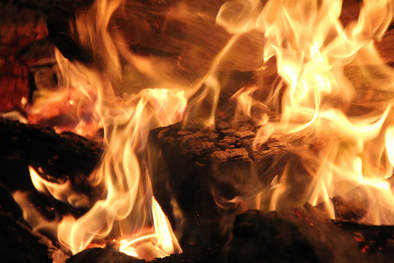 Burning wood to keep warm
Burning wood to keep warm
Wood is probably the best known and most commonly burned substance amongst those with multifuel stoves, fireplaces and barbecues. This is because wood is a renewable fuel source and is easily accessible by a lot of people. Sadly, there are no trees up here in Orkney so we are not amongst those people and have to import wood which adds highly to the financial cost of it. Wood burns really fast and provides more light and flames than heat. It is a really lovely light which provides a pleasurable ambience to the room. A classic picture: flames dancing in the fireplace as you sit there with a book or a glass of brandy nearby feeling comforted and reassured. However, there is very little heat as the majority of energy stored in wood is wasted producing light and not much is left for heating the stove and the rooms. It is pretty and we love pretty, but low heat output coupled with the difficulty of obtaining wood means it is not the first choice for us. The great side of burning wood is the ash it produces. It isn’t a lot of ash but it is great for composts, gardens and as dust baths for your poultry, especially chickens!
For kindling, we usually chop up old shipping pallets. The pallets are completely free as they are left at the pier after deliveries have been sent to our island and the locals can easily collect them for use in the gardens on in their stoves. We are locals, we collect pallets. The downside to pallets is they contain pesky nails and take at least 30 minutes to break down into usable chunks for the fireplace, so chopping them up in winter time is unpleasant. We try to prepare for winter by chopping all pallets in summer time for a handy ready-made supply, but it doesn’t always last and we are still finding ourselves outside with a saw.
Last year we also used the branches of the abundant rose hips and willow trees which we pruned earlier in the year. They dried nicely in the summer winds and were perfect for starting fires in winter time - we will definitely be using pruned branches again!
What do you use to heat your home? What fuel is your favourite choice for the multi fuel stove? Let us know in the comments below!
|
|
|

